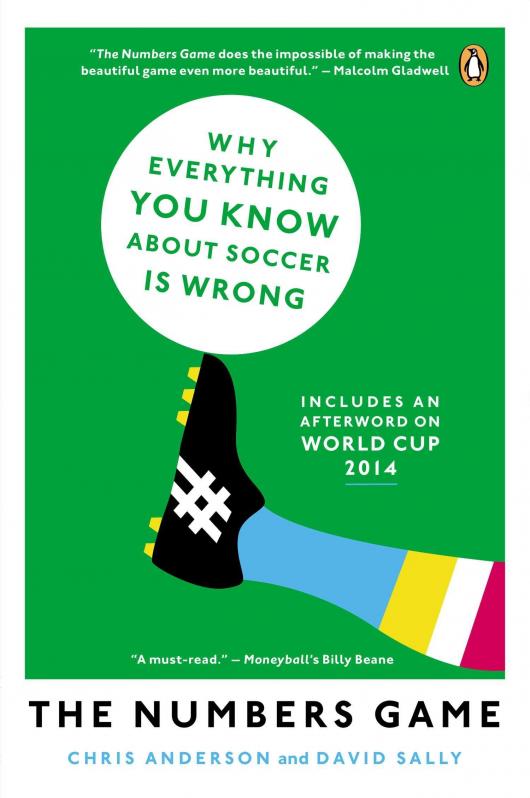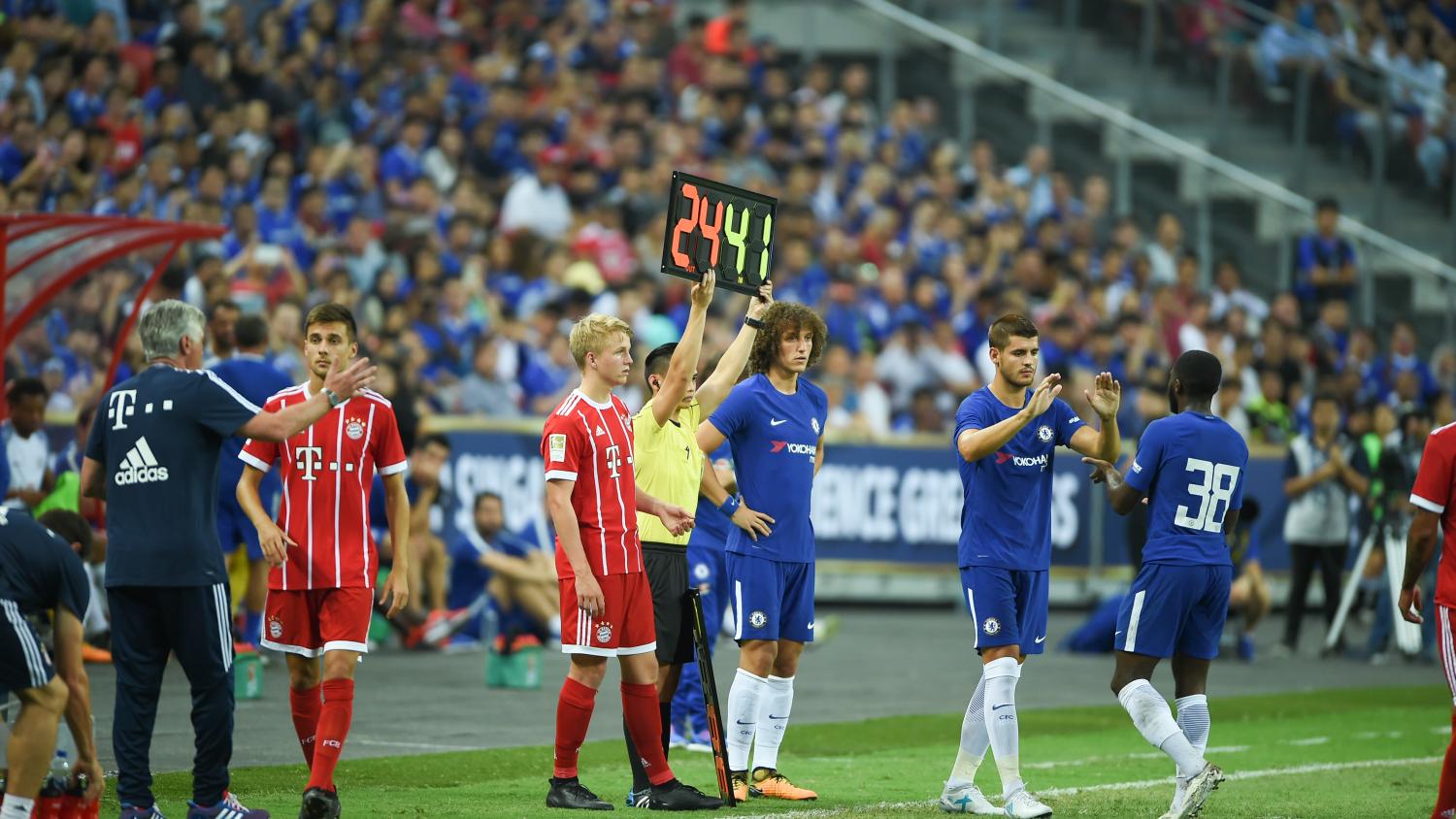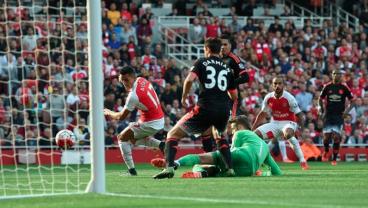I have to go back to these subjects; I can’t help it. Soccer is a conservative sport in comparison to many others, based on beliefs and myths that might sound accurate but (most) have never been proven to be the most effective. Soccer is an old-school guy that hates change and does a lot of stuff simply because “it's always been done like that.”
Science is the opposite. Science is a millennial group of guys that questions everything you do, and within that group data analytics is the nerdy genius golden boy with no respect for the old school stuff who loves proving everybody wrong. One way or another and whether we like it or not, this is happening, so as a coach, player or fan, we should embrace it, because it will actually take the sport to the next level in the upcoming years.

Well, these nerdy genius duded lately came across our beliefs about substituting players. Brilliant economists Chris Anderson and David Sally studied the subject and came out with some amazing numbers in their book “The Numbers Game: Why Everything You Know About Soccer Is Wrong.”
Apparently, from all the soccer substitutions made in a match, the vast majority of players exiting the pitch are midfielders (which makes sense because they cover on average the longest distances of all the players in the squad), with 40 percent of all subs being midfielder for midfielder. Defenders are replaced the least, and forwards and defenders are rarely swapped for each other. A small fraction of substitutions happen in the first half, and very few in the first six minutes of the game. Also, it seems like most first substitutions come on at halftime and between the 56th and the 66th minute, second subs between the 66th and 80th minute and the third sub around in the last 10 minutes of the game.
So far so good, as these are conclusions that we would have probably inferred by simply applying some common sense, but good for science to confirm we were on the right track.
Now as coaches we start sweating in the following pages of the book as the authors start questioning if this is actually the most efficient way to substitute players.
Anderson and Sally applied data analytics techniques to evaluate this phenomenon and came out with findings that state that if a manager’s team is losing, he should make his first substitution before the 58th minute, the second before the 73rd minute and the third before the 79th. They summarized it in a rule of thumb as: “<58<73<79.”
This seems to be an aggressive “early” way of replacing the players on the field in comparison to what we normally observe on the game. Their justification is that the better-expected performing players start on the first 11, but over the course of the match, as their energy decreases, the remaining performance does as well, reaching a level in which the substitute player could be expected to perform better than the one who started the match, so the optimal moment to sub is when both expected performances are equal.
Later on, Anderson and Sally applied predictive modeling methods to compare the estimated hope of a comeback applying the “<58<73<79” rule as opposed to not applying it and found the chances of taking something from the game (using data from the Serie A) was 52 percent, in comparison to an 18 percent probability if the rule was not followed. In a sport in which details matter so much, this is a huge difference.
The reason why some managers fail to follow the rule is obvious — the two economists state — they simply misjudge the crossing point where players’ objective performance declines enough to warrant replacement. This delay is nothing but a normal human decision-making bias: Managers are committed to their initial assessment, so they wait until the evidence of flagging performance is undeniable. By that time, it is often too late, according to their findings.
In conclusion, if a manager waits for clear signs of fatigue, he might be substituting too late, so he would probably be better off following the “<58<73<79” rule of thumb.
57’58” … 57’59” … 58! Sub ref!! And if you don’t like coming out, well blame it on science buddy!





